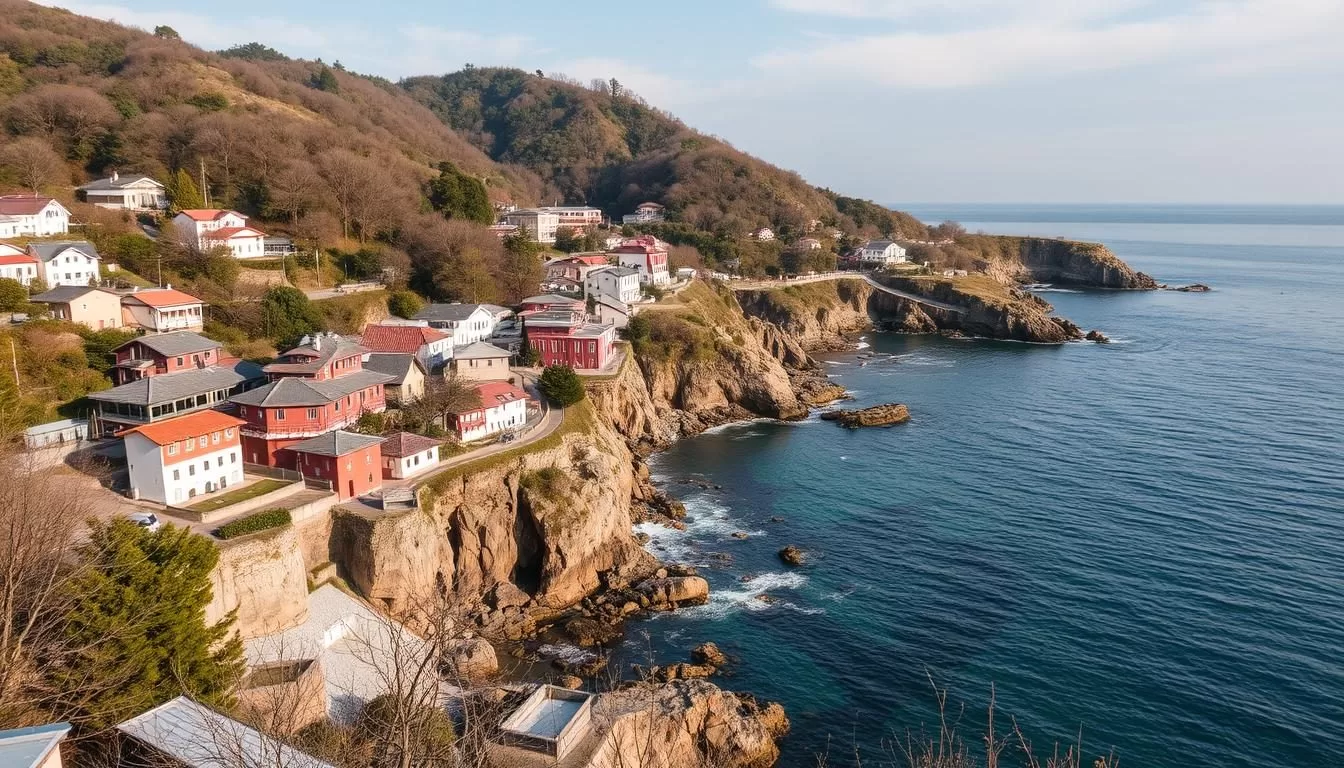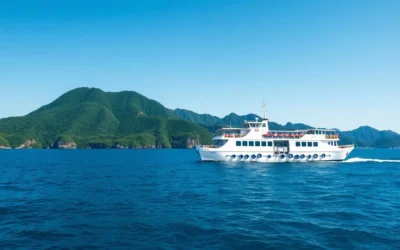✓ Accommodations✓ Flights✓ Rental Cars
Noto Peninsula, extending into the Sea of Japan, offers a unique blend of scenic landscapes and traditional Japanese culture. Located in Ishikawa Prefecture, this hidden gem is a perfect destination for travelers seeking authentic experiences away from crowded tourist spots.
The peninsula is not only known for its natural beauty but also for its resilience and recovery efforts following the 2024 earthquake. By visiting Noto Peninsula, tourists play a significant role in supporting local communities and contributing to their revitalization.
During your trip to Noto Peninsula, you can explore a variety of attractions that showcase the region’s diverse charm. From the stunning Shiroyone Senmaida rice terraces to rejuvenating hot springs like Wakura Onsen, and from traditional markets to unique natural formations, there’s something for every kind of traveler.
This guide is designed to help you plan your travel to Noto Peninsula, ensuring that you make the most of your visit. Whether you’re a nature enthusiast, a cultural explorer, or a food lover, the peninsula’s culture and scenic beauty will captivate you.
The Noto Peninsula is easily accessible from major cities like Kanazawa, and once there, you can explore the region by car, bus, or as part of organized travel guide tours. This accessibility makes it an ideal destination for a wide range of travelers.
As you explore this region, you’ll discover that Noto Peninsula offers a serene and enriching experience, with its beautiful landscapes meeting the sea and a rich cultural heritage waiting to be explored.
Discovering the Charm of Noto Peninsula
Tucked away in the northern part of Ishikawa Prefecture, the Noto Peninsula is a treasure trove of unspoiled natural beauty and rich cultural heritage. As you explore this captivating region, you’ll uncover the essence of traditional Japan.
Where is Noto Peninsula Located?
The Noto Peninsula is situated in the northern part of Ishikawa Prefecture, extending into the Sea of Japan. This strategic location has endowed the area with an abundance of fresh seafood, breathtaking landscapes, and a unique cultural identity. The peninsula is relatively close to Kanazawa, the prefecture’s capital city, making it an accessible getaway for those looking to experience rural Japan.

Why Visit This Hidden Gem of Japan
Visiting the Noto Peninsula offers a chance to experience authentic Japan. The region boasts diverse landscapes, from rugged coastlines to fertile farmlands and picturesque fishing villages. The local culture is rich in tradition, with crafts like Wajima lacquerware being preserved for generations.
The peninsula’s relative isolation has helped maintain its unique cultural heritage and way of life. You’re warmly welcomed by the local people, known for their hospitality and resilience. The area is also recognized for its sustainable farming practices, earning it a UNESCO Globally Important Agricultural Heritage System designation. Whether you’re looking for natural beauty, cultural experiences, or simply a tranquil retreat, the Noto Peninsula is a year-round destination that promises a unique and enriching experience.
Natural Wonders of Noto Peninsula, Japan: Best Things to Do – Top Picks
From rice terraces to rugged coastlines, the Noto Peninsula is a treasure trove of natural wonders. As you explore this beautiful region, you’ll discover an array of stunning landscapes that showcase the best of Japan’s natural beauty.
Shiroyone Senmaida Rice Terraces
The Shiroyone Senmaida Rice Terraces are a breathtaking sight along the west coast of the Noto Peninsula. With 1,004 small rice paddies cascading down a steep hillside toward the Sea of Japan, this is one of Japan’s most photogenic agricultural landscapes. The terraces change appearance throughout the seasons, from water-filled reflective surfaces in spring to lush green in summer, golden hues in autumn, and snow-covered terraces in winter.
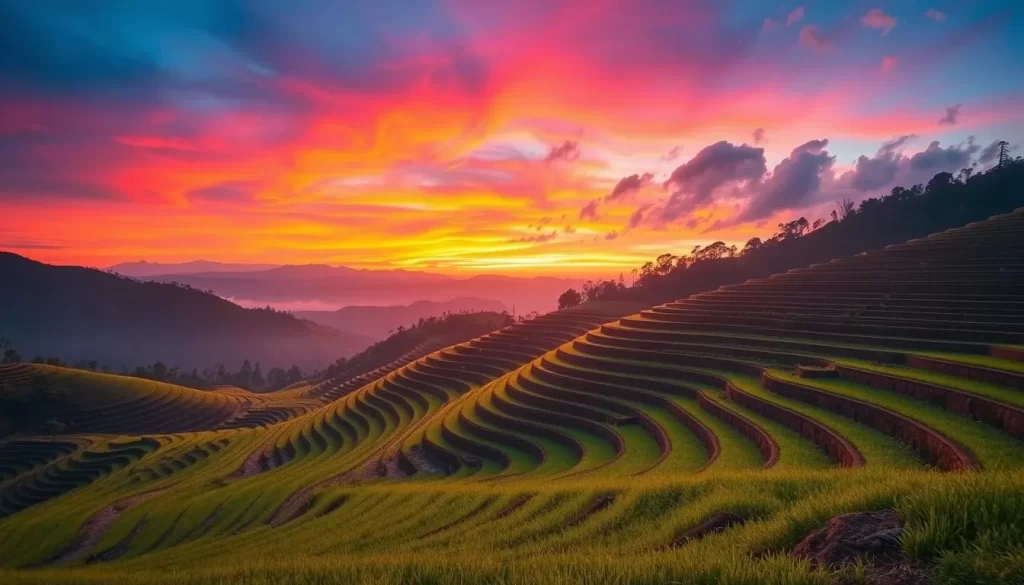
The cultural and historical significance of the Shiroyone Senmaida Rice Terraces is profound, having been designated as a FAO World Agricultural Heritage site. Local farmers continue to maintain the terraces using traditional farming methods, preserving the heritage for future generations.
Mitsukejima Island
Located 200 meters offshore from Suzu City, Mitsukejima Island, also known as Gunkanjima, is an iconic 28-meter tall rock formation that resembles a battleship. According to local legend, ringing the bell on the beach can summon the spirits. The best time to visit Mitsukejima Island is during sunset, when the rock is silhouetted against the colorful sky.
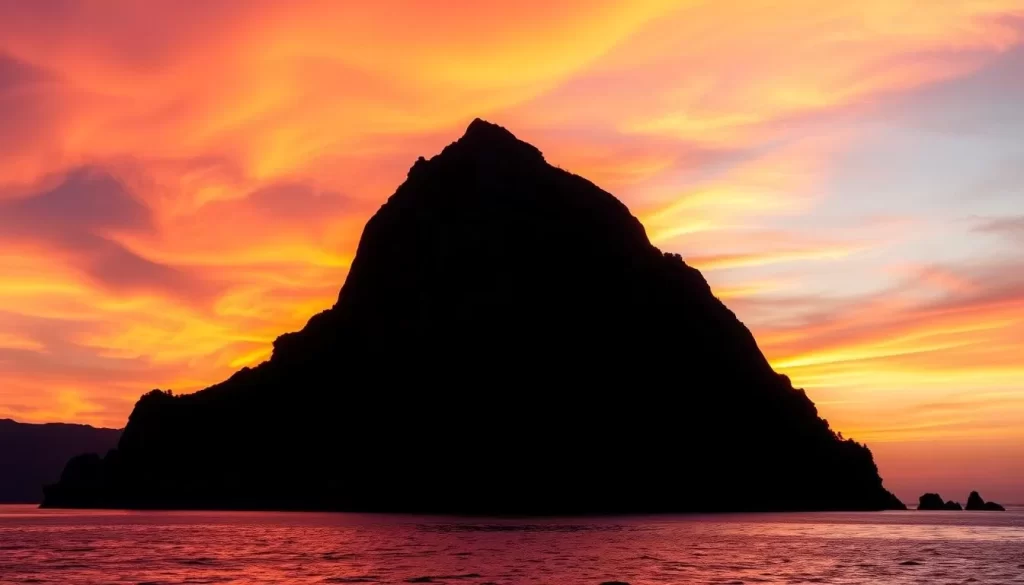
Visitors can enjoy the island’s unique appearance and the surrounding coastal scenery, making it a must-visit spot in the Noto Peninsula.
Ganmon Caves and Coastal Formations
The Ganmon Caves are a natural wonder formed by ocean waves over thousands of years. Visitors can explore the caves both by boat and on foot, marveling at the unique rock formations and the power of the Sea of Japan. The surrounding coastline is dotted with other notable formations, including unique rock formations and scenic viewpoints that showcase the rugged beauty of the coast.
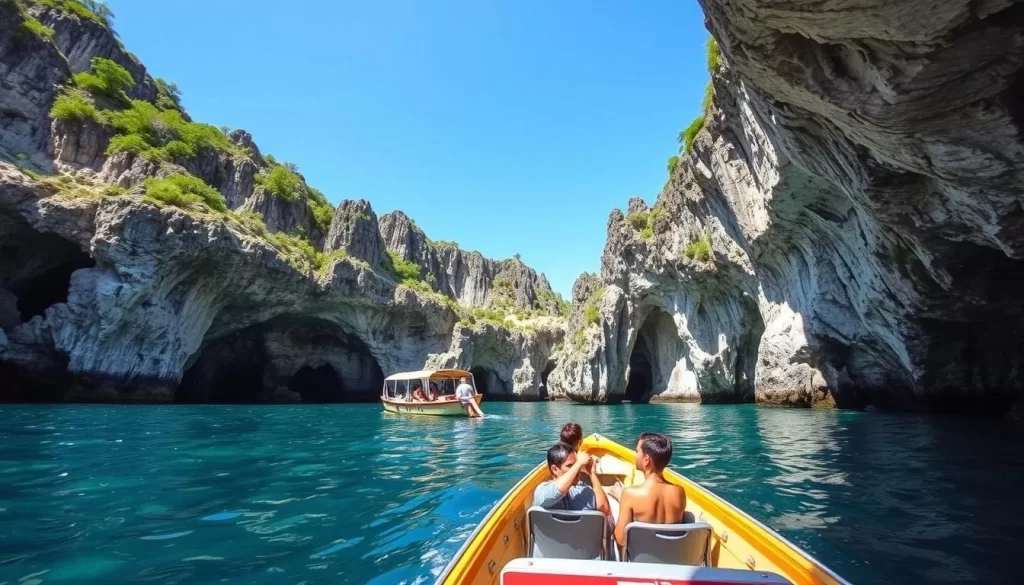
To access these natural wonders, visitors can use various transportation options, including public buses and rental cars. The best times to visit vary by season, but generally, summer offers warm weather and long days ideal for exploring.
Cultural Experiences and Traditional Crafts
Immerse yourself in the rich cultural heritage of Noto Peninsula, where tradition and craftsmanship come alive. The region offers a plethora of cultural experiences that allow visitors to engage with local traditions and crafts.
Wajima Morning Market and Lacquerware
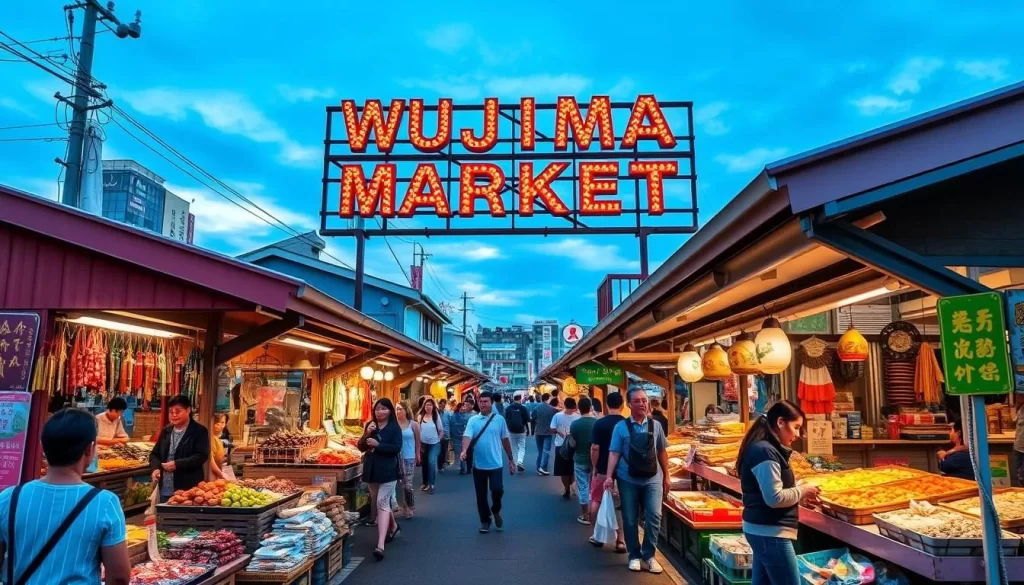
Getting up early to explore the Wajima Morning Market is a must-do experience. With a history spanning over 1,000 years, this market is one of Japan’s three largest morning markets, featuring between 100 to 250 stalls along a lively 400-meter street. You’ll find everything from fresh seafood to handcrafted souvenirs. The market is also a great place to discover Wajima lacquerware, a renowned local craft that has been perfected over centuries.
The art of lacquerware is meticulous, involving multiple steps that can take months or even years to complete, making each piece a highly prized collectible and functional art. Visitors can observe artisans at work in Wajima city and even participate in hands-on experiences to create their own small lacquerware items.
Kiriko Festivals and Local Traditions
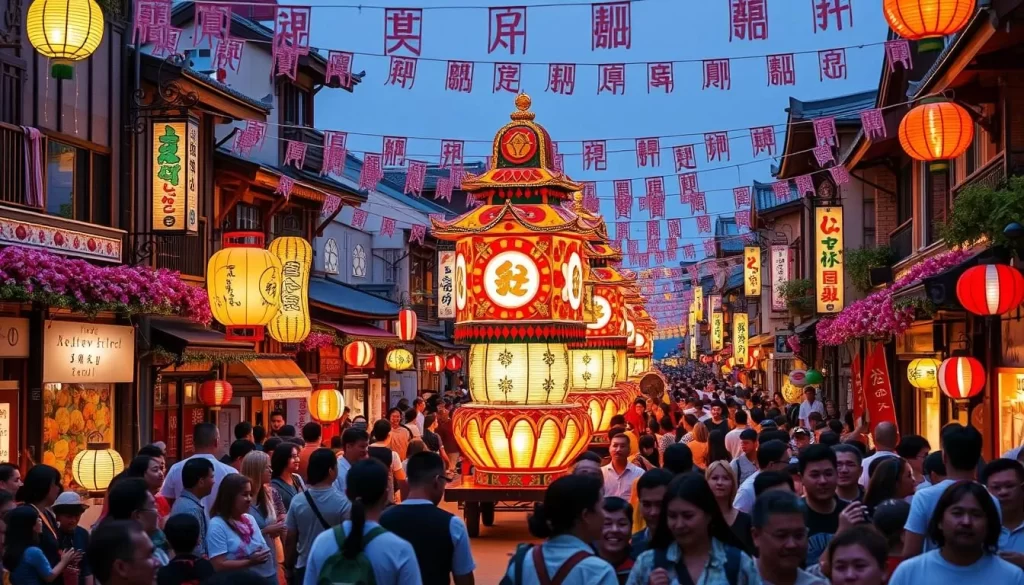
The Noto Peninsula is famous for its Kiriko Festivals, held throughout the summer months from July to October. These festivals feature massive illuminated lantern floats, some over 10 meters tall, paraded through towns accompanied by traditional music and dancing. The Wajima Kiriko Art Museum preserves this cultural heritage by displaying 30 giant lantern floats year-round.
Salt Farms and Traditional Industries
The Suzu Salt Farm Village offers insights into the traditional salt-making process, an ancient industry that uses techniques passed down through generations. Besides salt farming, the peninsula is home to other traditional crafts and industries, including pottery, textile weaving, and traditional paper making, reflecting the region’s rich cultural heritage.
By supporting these traditional industries through tourism, visitors help preserve cultural practices and provide economic support to local people and communities, especially after the 2024 earthquake.
Relaxation and Scenic Spots
Unwind and rejuvenate in the Noto Peninsula, where relaxation and natural beauty blend seamlessly. The area is dotted with numerous spots that offer a tranquil escape from the hustle and bustle of daily life.
Wakura Onsen Hot Springs
Wakura Onsen is one of Japan’s premier hot spring resorts, boasting a history that spans over 1,200 years. Located along the picturesque Nanao Bay, it offers a serene and rejuvenating experience. With around 40 hotels and ryokans in the area, you can choose from a variety of accommodations to suit your preferences, including the award-winning Kagaya ryokan, renowned for its exceptional service and luxury experience.
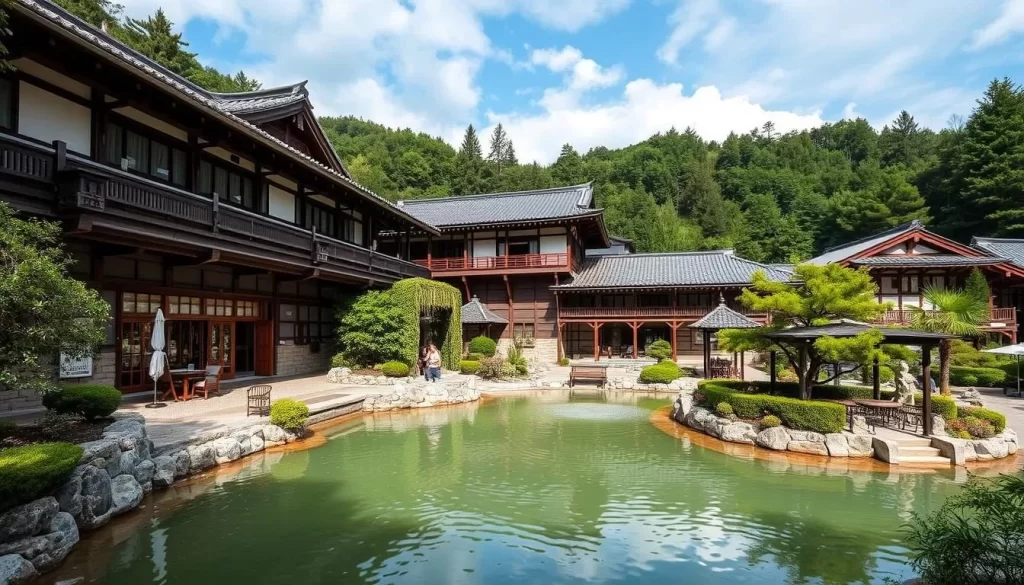
If you’re visiting for the day, Wakura So-yu is a popular public onsen that offers a refreshing hot spring experience for just 460 yen. The mineral-rich waters are believed to have therapeutic properties, making it a perfect spot to unwind and rejuvenate.
Chirihama Beach Driveway
For a unique experience, head to Chirihama Beach Driveway, Japan’s only beach where you can drive directly on the hard-packed sand for 8 kilometers along the shoreline. This creates an unforgettable coastal driving experience, especially during sunset when the sky is painted with hues of orange and pink.

The beach is also a popular spot for activities like beach picnics, shell collecting, and seasonal beach events, making it a great destination for both locals and tourists.
Besshodake Sky Deck and Panoramic Views
For breathtaking views, visit the Besshodake Sky Deck, which offers 360-degree panoramic vistas of Nanao Bay, the surrounding mountains, and the varied landscape of the peninsula. It’s an ideal spot to appreciate the natural beauty of Noto Peninsula.
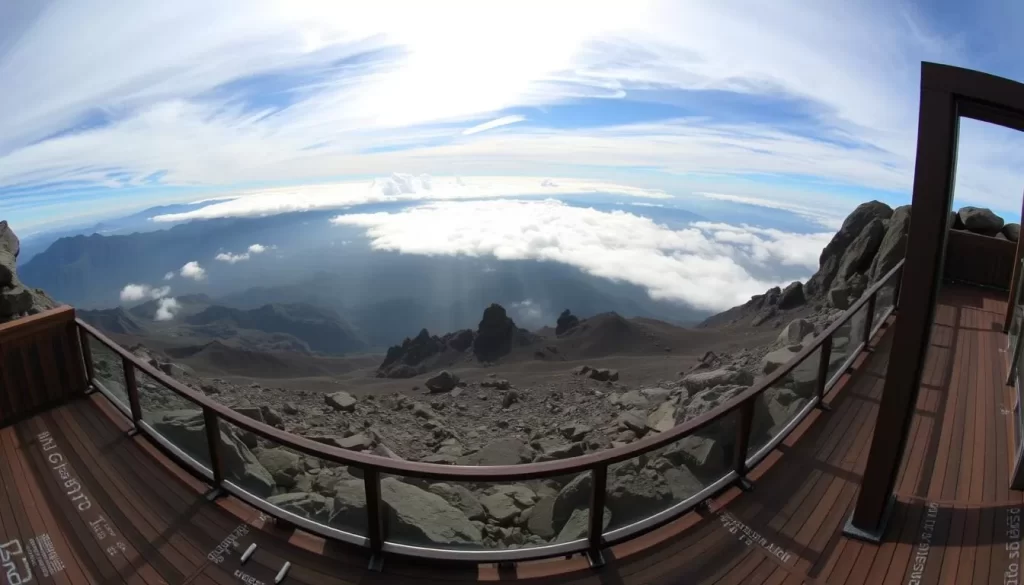
The area around Besshodake is also great for seasonal activities, from spring wildflower viewing and summer hiking to autumn leaf appreciation and winter snow scenes, making it a year-round destination.
To access these relaxation spots, you can travel by car, bus, or organized tours. Most locations have parking facilities, and some may have a small entrance fee. It’s advisable to check the facilities and plan your visit accordingly to make the most of your trip.
Unique and Quirky Attractions
You’ll discover quirky and fascinating spots in Noto Peninsula that are off the beaten path. The region is dotted with unusual attractions that showcase its natural beauty, cultural heritage, and charm.
The World’s 2nd Longest Bench at Masunoura Beach
Masunoura Beach is home to the world’s second-longest bench, a 460.9-meter-long wooden structure that was built by over 830 local volunteers in 1987. This Guinness World Record-holder offers breathtaking views of the Sea of Japan, making it a perfect spot to relax and enjoy the sunset.
Totoro Rock: A Ghibli Fan’s Delight
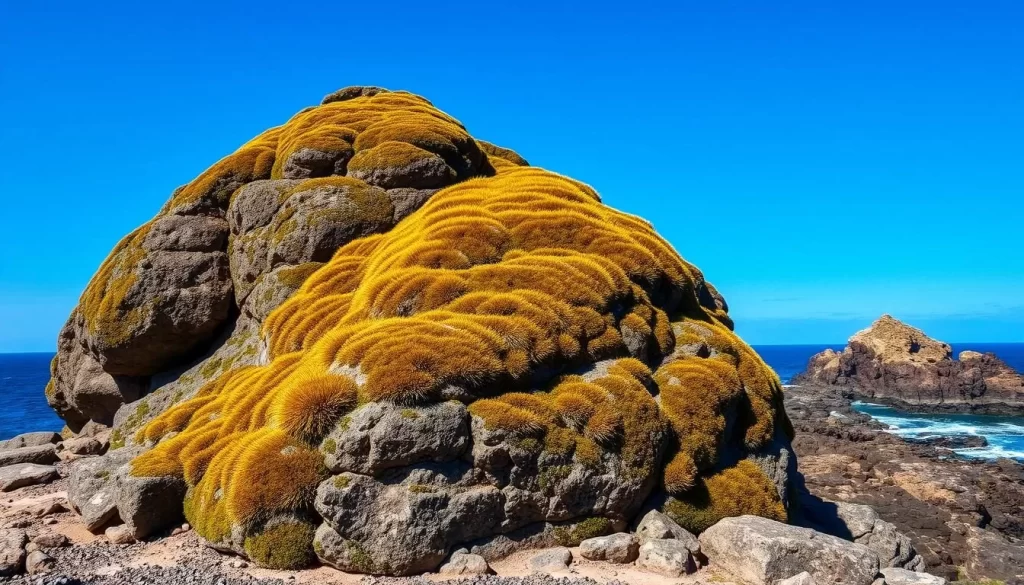
Located in Wajima city, Totoro Rock is a natural rock formation that bears a striking resemblance to the beloved character from Studio Ghibli’s “My Neighbor Totoro.” The rock’s moss-covered surface adds to its charm, making it a must-visit spot for anime fans. To reach Totoro Rock, take a short walking path from the parking area along the rugged coastline.
Hidden Gems Off the Beaten Path
Noto Peninsula is home to many hidden gems that are waiting to be discovered. From unusual rock formations to hidden shrines, these off-the-beaten-path attractions offer a glimpse into the region’s natural beauty and cultural heritage. Visit during different seasons to experience unique attractions like firefly viewing spots in early summer, autumn moon-viewing locations, and winter illumination events.
Practical Travel Tips for Exploring Noto Peninsula
Noto Peninsula offers a unique travel experience, and with the right information, you can navigate it with ease. To make the most of your trip, consider the various options for getting around and where to stay.
Getting Around: Transportation Options
Renting a car is the most convenient way to explore Noto Peninsula due to limited public transportation. It allows you to access remote attractions at your own pace. Alternatively, you can use bus services from Kanazawa Station and the JR Nanao Line for the southern part of the peninsula.
Best Time to Visit
The spring season is ideal for visiting Noto Peninsula, with cherry blossoms and fresh greenery. Summer is perfect for sightseeing and beach activities, while autumn offers beautiful foliage. Winter provides a serene landscape with fewer tourists.
Recommended Accommodations
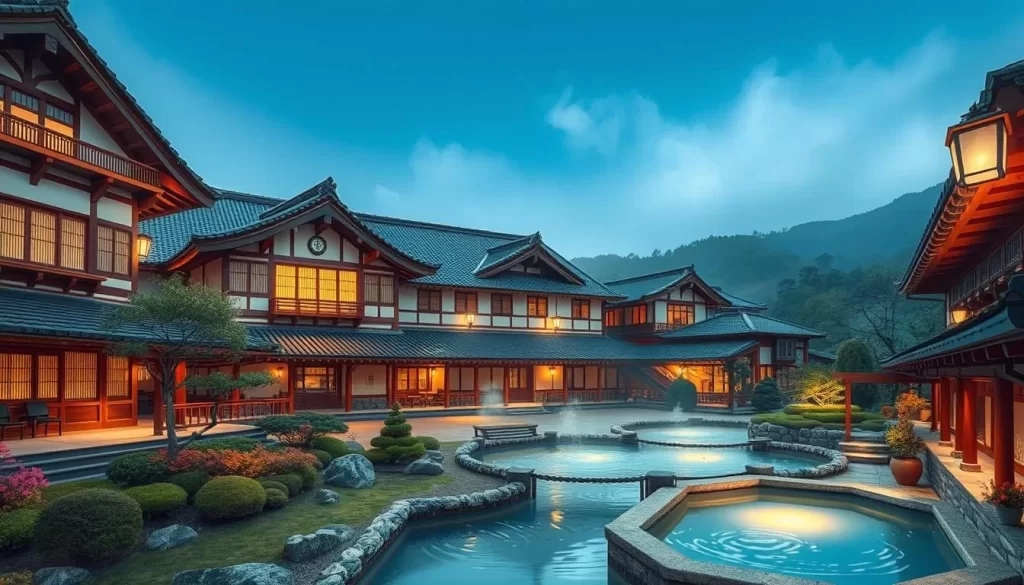
Noto Peninsula offers a range of accommodations, from luxury ryokans like Kagaya in Wakura Onsen to mid-range hotels and budget minshuku (family-run guesthouses). You can choose based on your budget and preferences, ensuring a comfortable day of exploring.
Conclusion
Discover the unspoiled charm of Noto Peninsula, where nature and tradition come together. On a day tour, you can explore the stunning Shiroyone Senmaida rice terraces and experience the cultural richness of Wajima’s morning market and lacquerware traditions. Visiting this area offers a chance to engage with local people and their way of life. As you take your time sightseeing along the coast, you’ll enjoy breathtaking views and savor local cuisine. Your visit supports local communities and contributes to the region’s recovery. Come and experience the tranquility and adventure that Noto Peninsula has to offer.
The above is subject to change.
Check back often to TRAVEL.COM for the latest travel tips and deals.
